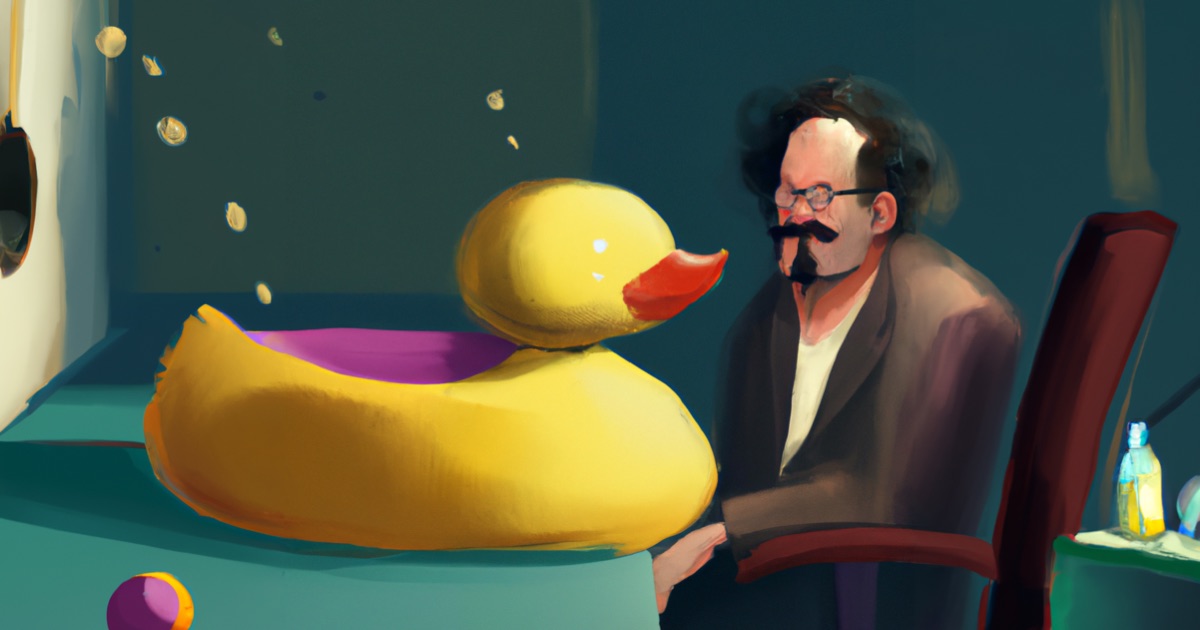
Rubber Ducking via YouTube
Have you heard of “rubber ducking”?
Rubber ducking is a debugging technique where a programmer explains their code or problem out loud to a rubber duck or an inanimate object. The act of verbalizing the issue often helps clarify thoughts and identify errors in the code.
While I’ve never actually talked to a rubber duck, I have practiced various forms of rubber ducking. For example, when working through a tough programming problem, I’ll take a walk and actually verbalize a path to the solution, whether in my head or muttering under my breath. It helps.
There’s another form of rubber ducking that not only helps you work through your own problems, but holds the potential to help others as well. And that’s what I like to call, “Rubber Ducking via YouTube” (RDVYT).
RDVYT is basically the same as classic rubber ducking, but instead of spouting off to an inanimate object, you do it in front of a camera. Combine that with a bit of desktop capture, so that you can exhibit your code, and you have something that other people might actually benefit from.
You’ve got decades of experience as a programmer, don’t let all that brainstorming live and die inside the confines of your cranium, let the world see the engineering process at work. Somebody may actually benefit from it.
And to take it a bit further, if you’re a shy person who wants to improve their visual and verbal communication skills, RDVYT is good for that as well. So it potentially kills three birds with one stone.
